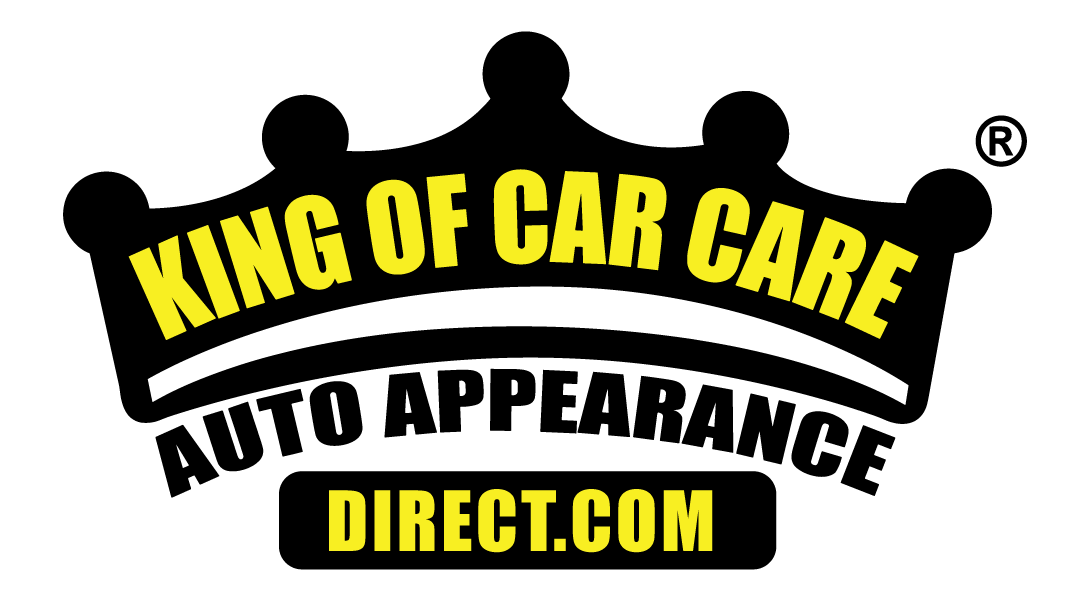Paintless dent repair is a great profit opportunity for any body shop. In parts of the country where hailstorms are common, many of the insurance companies are advocating PDR. It’s a big moneysaver for them, and it speeds up repairs because the notorious “hail teams” blow in and out of town like the storms that provide them with all the work.
In other parts of the country, like where I’m from in New England, hailstorms are rare, and it’s just as rare to see PDR on an insurance estimate. But you don’t need hail to take advantage of PDR. I use it all the time as a sales tool.
How many times have customers come in for an estimate on a small ding and gotten upset when you tell them how much the repair will cost? Painting, blending adjacent panels, removing the trim, baking the paint, etc., can quickly drive the price of repairing a small ding beyond a practical figure for many people.
Offering PDR as an alternative will capture a lot of work that otherwise would be lost. To repair the same ding with PDR at a quarter to half the price of a conventional repair is a great option and a great service to your customer.
Forget about any myths you hear about dings mysteriously returning, corrosion protection being compromised, paint failing or cracking or any other harmful effects of paintless dent removal. Like all industries, there are right ways of doing things and wrong ways. Done properly, PDR is as good as a conventional repair. And in many cases, it’s better.
In-House or Sublet?
One major decision you have to make once you’ve decided to take advantage of PDR is whether to train one of your employees or to sublet the work to a local PDR company. If there isn’t a PDR company available in your area, you’ll have no choice but to send one of your employees to training. That training can be expensive, and, once complete, your employee probably won’t be ready to repair dings on customer cars. Becoming a good PDR tech takes years of practice (and not just doing it once a week either), along with patience and finesse. Most collision technicians are of the “get a bigger hammer” mindset, which doesn’t work with PDR.
If you plan on generating enough work for your newly trained employee to practice every day, then having someone in-house trained to perform PDR makes sense. Otherwise, I’d forget about doing it in-house.
Because PDR companies are set up just about everywhere now, your best bet will likely be subletting it. Yes, the profit potential is higher doing it in-house, but the risks are also greater.
You can sublet PDR and still make a great profit. The gross profit can be more than you make on labor. You can easily mark up a sublet PDR bill 100% (that’s a 50% gross profit for those of you who graduated from public schools) and save your customer 60% of the conventional repair cost. And in good weather, most PDR is done outside, so you get an additional employee and repair bay at no additional cost.
Why PDR?
How many times have you ordered a new fender or hood, only to have it show up with a ding? PDR is the perfect solution. It’s cheap, fast and can save you from having to reorder the part. Our shop uses it all the time for fixing dings in new and used parts. We’re also use PDR as an upsell tool. You can easily bring in an additional $5,000 per month by taking care of the small dings on cars that are already at your shop for collision repairs.
PDR technicians are getting better all the time. The size and type of dents they can now repair is amazing. Sure, some of the larger dents may not look perfect when done with PDR, but when you have a customer who isn’t crazy about spending $1,000 for a perfect traditional repair and you can offer him a slightly-less-than-perfect repair for, say, $300, it could mean the difference between losing a job and permanently losing a customer or landing the job and gaining a loyal, lifetime customer.



